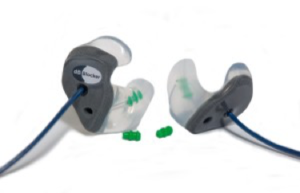Get Your Fix @ The Edmonton Motorcycle Show
When the snow starts flying, where can you go to get your fix of two-wheel, three-wheel and four-wheel action!
THE 2018 EDMONTON MOTORCYCLE SHOW – the ultimate get-together for riders and future riders.
See all the NEW 2018 motorcycles, scooters, ATVs and side-by-sides, all under one roof. Meet tons of experts, check out the latest gear and apparel, and get all-revved up for your next adventure!

Whether you’re a hardcore rider or a recreational enthusiast, a curious fan or just tired of the cold winter weather, The 2018 Edmonton Motorcycle Show has got you covered!
Come See Custom Protect Ear and get fitted for dB Blockers today!
 organizational environment, or economic hardships. Stress in the workplace is an ongoing trend that seems to impact employees and employers in all workplace settings.
organizational environment, or economic hardships. Stress in the workplace is an ongoing trend that seems to impact employees and employers in all workplace settings. frequently, utilizing innovations for capturing that feedback, and acting to drive engagement based on those results. In 2016 & 2017 more organizations implemented some sort of Employee Engagement program to capture the employee voice and concern through a series of quantitative surveys and continuous listening/pulse surveys and examining passive data for employee opinions and behaviors. As the workforce shifts from one generation to the next, we will see an increase in Employee Engagement and Feedback.
frequently, utilizing innovations for capturing that feedback, and acting to drive engagement based on those results. In 2016 & 2017 more organizations implemented some sort of Employee Engagement program to capture the employee voice and concern through a series of quantitative surveys and continuous listening/pulse surveys and examining passive data for employee opinions and behaviors. As the workforce shifts from one generation to the next, we will see an increase in Employee Engagement and Feedback.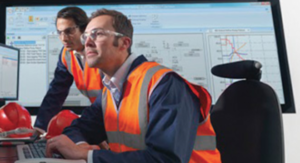 lasting implications for organizational culture and management. Millennials and later generations have reshaped the workplace in a multitude of ways and will continue to push boundaries and redefine expectations as they take on a more prominent role within organizations. Organizations may need to continue to redesign jobs and workspace to accommodate Millennials.
lasting implications for organizational culture and management. Millennials and later generations have reshaped the workplace in a multitude of ways and will continue to push boundaries and redefine expectations as they take on a more prominent role within organizations. Organizations may need to continue to redesign jobs and workspace to accommodate Millennials.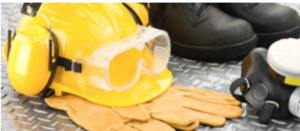 Safety Engineer.
Safety Engineer.

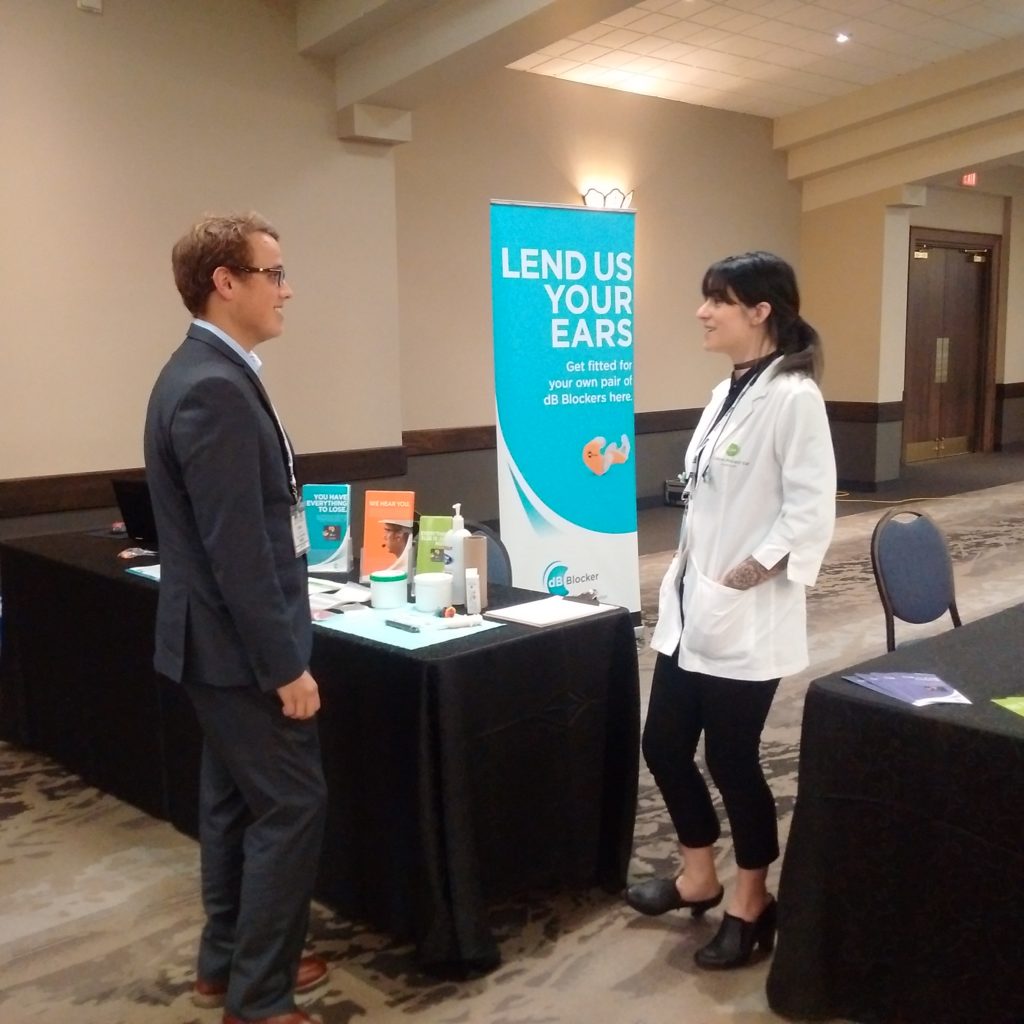
 Between turkey dinners and family reunions, Canadian Thanksgiving — which falls on Monday — can look pretty similar to its U.S. counterpart. But in fact, part of the reason Canadians first petitioned for the holiday was to celebrate their luck at not being American.
Between turkey dinners and family reunions, Canadian Thanksgiving — which falls on Monday — can look pretty similar to its U.S. counterpart. But in fact, part of the reason Canadians first petitioned for the holiday was to celebrate their luck at not being American.


 more.
more.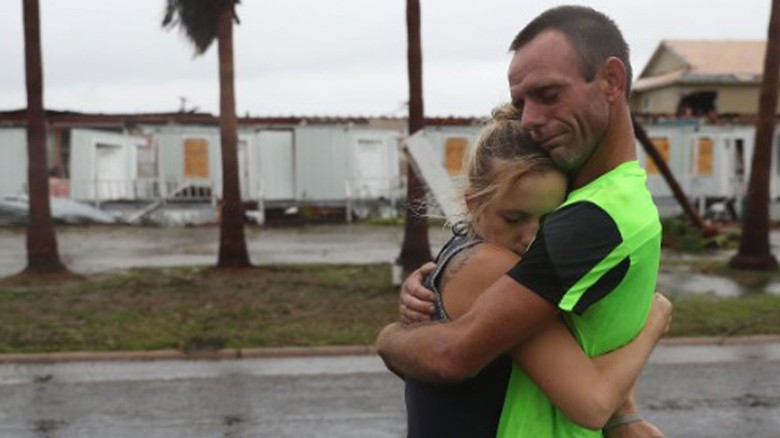
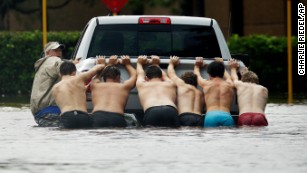
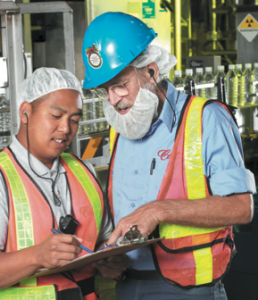 Behind that yummy assortment of bakery delights or that wonderfully prepared to go straight to the oven, frozen Chicken Cordon Bleu is an entire assembly of creative chefs and production staff who prepared it for you; production workers who are also exposed to workplace hazards every day. One specifically is industrial hearing loss.
Behind that yummy assortment of bakery delights or that wonderfully prepared to go straight to the oven, frozen Chicken Cordon Bleu is an entire assembly of creative chefs and production staff who prepared it for you; production workers who are also exposed to workplace hazards every day. One specifically is industrial hearing loss.
